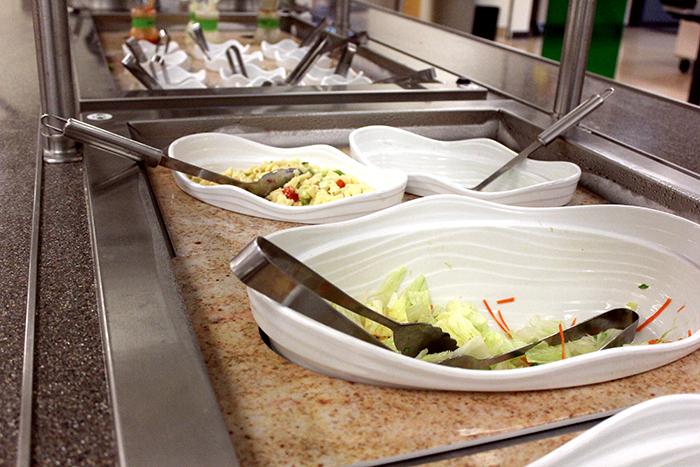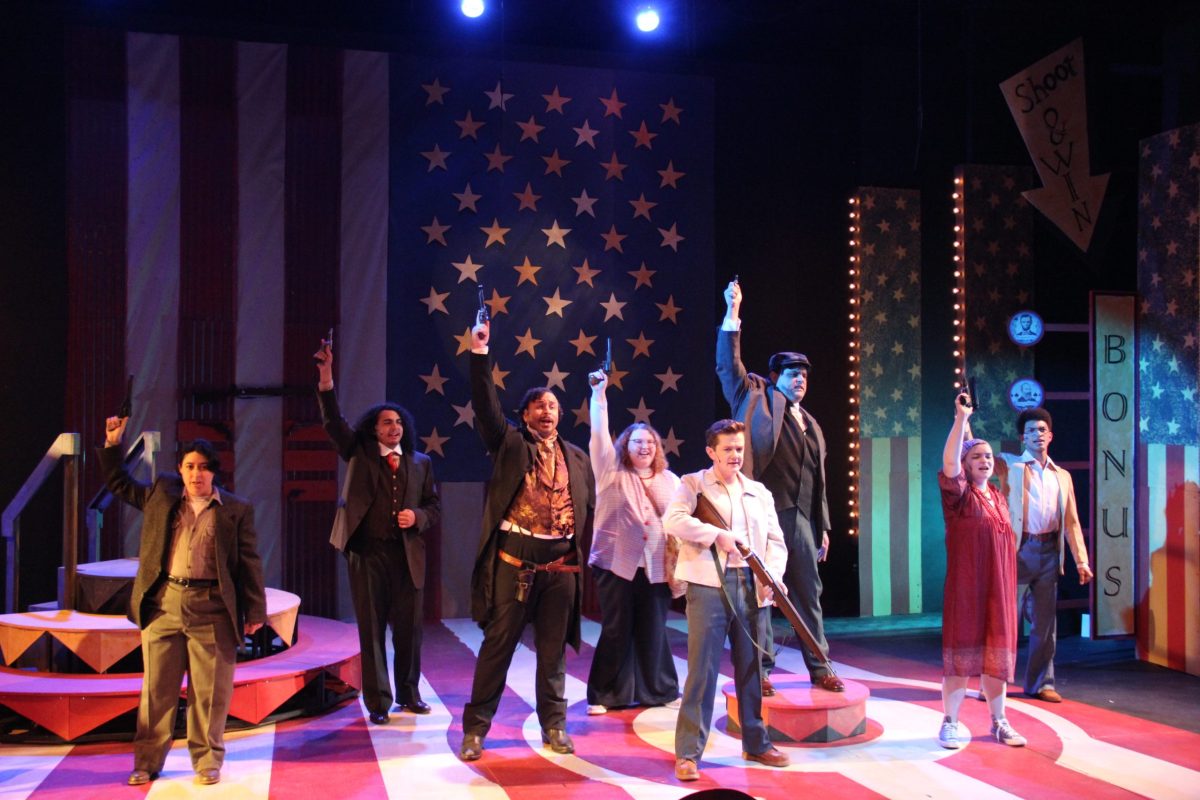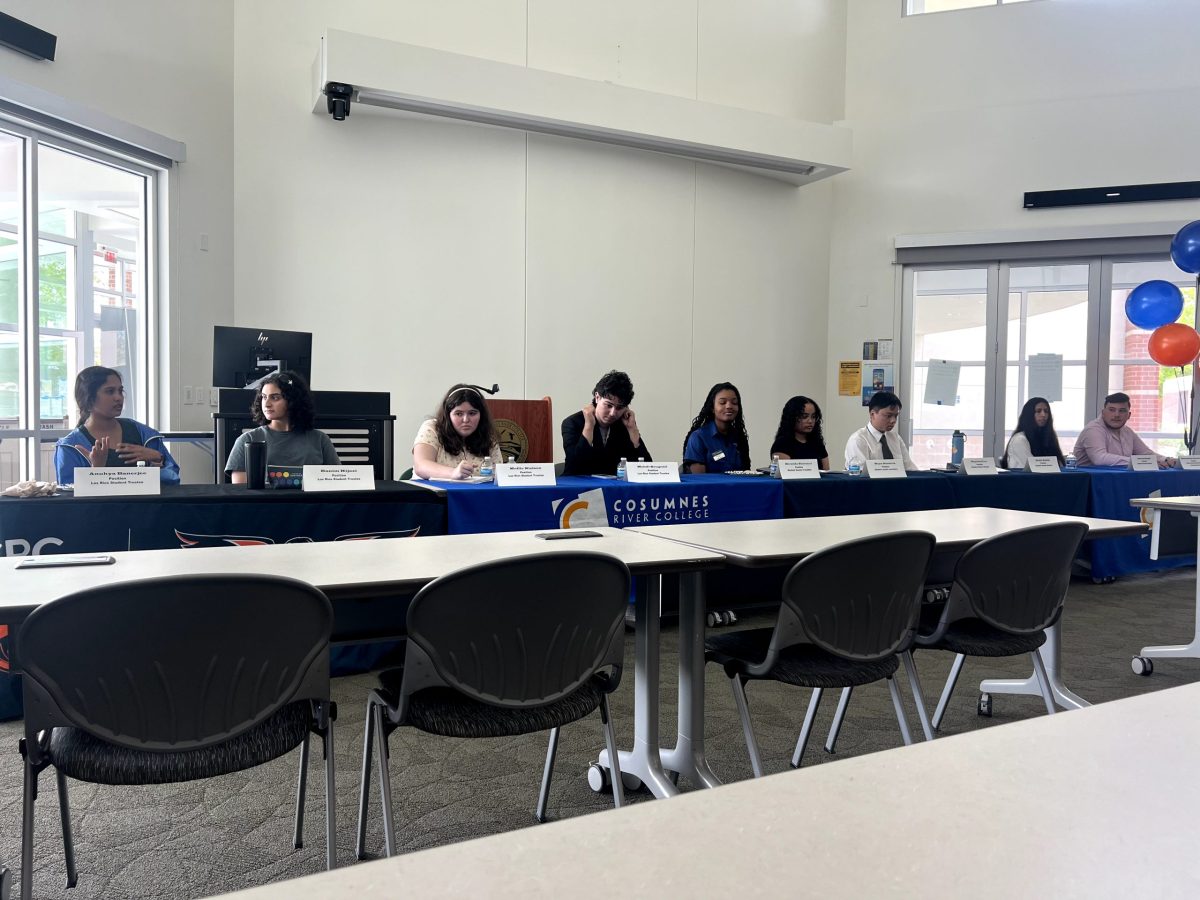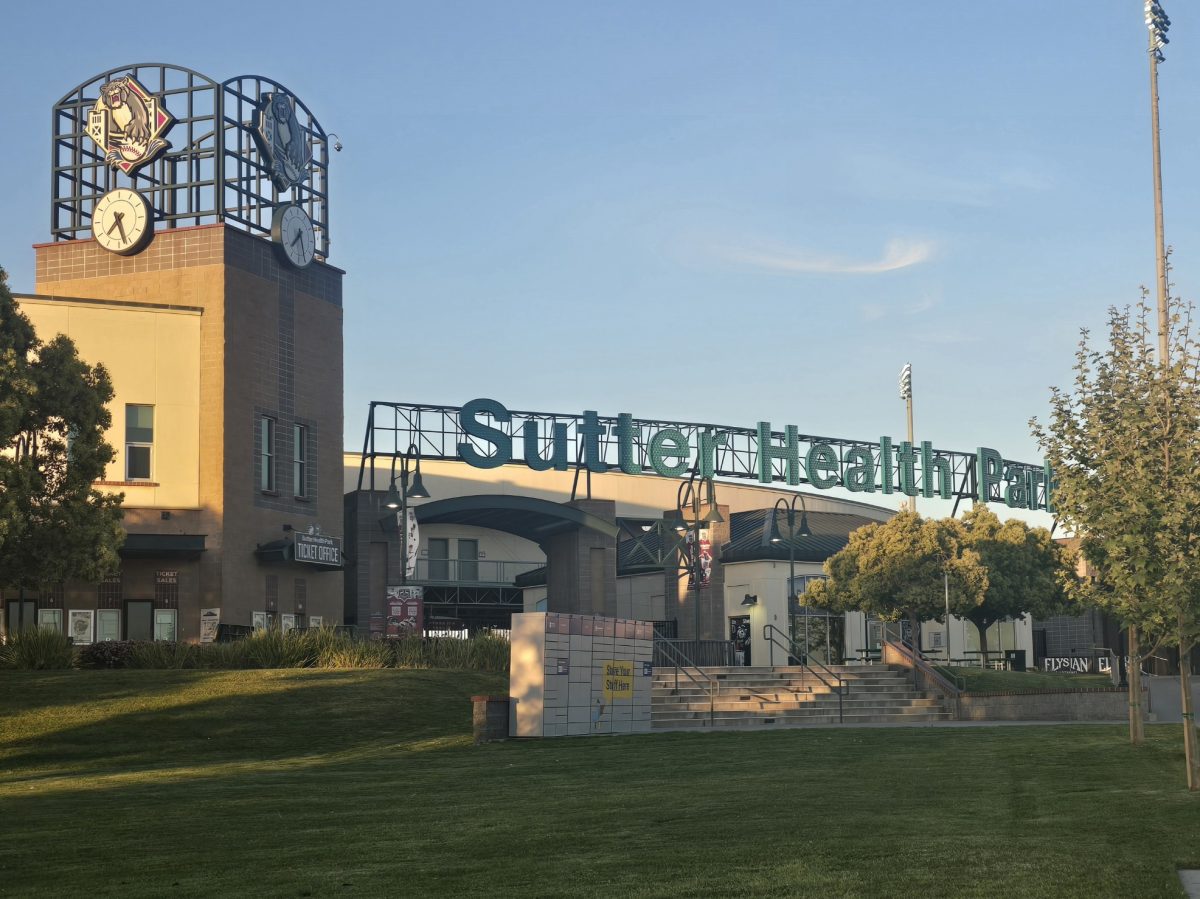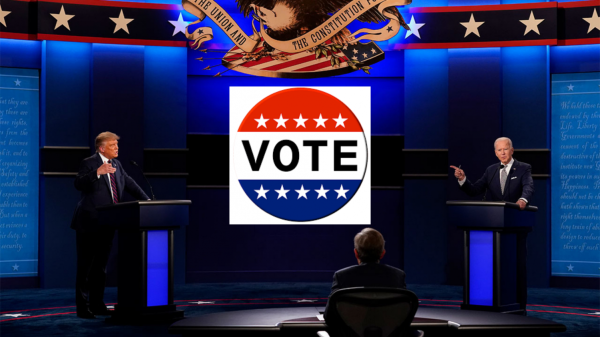Editorial: Healthy options can be found at CRC
Cosumnes River College features a salad bar in their cafeteria, along with other healthy options.
May 13, 2014
In light of Michael Pollan, best-selling author of Cosumnes River College’s OneBook choice “The Omnivore’s Dilemma,” speaking for the end of the Earth Week celebration, many students are looking for healthier food choices on campus.
Students on campus looking for a quick meal could think a healthy choice is but a dream; even Pollan seemed to doubt the college would have any healthy options during his keynote address on April 17.
However, there are always options, even if they are not overly plentiful. Despite this, students would be more likely to overlook them and choose to only see the multitude of sugary snack foods, fatty burgers and deep-fried chicken strips.
The most common complaint, and misconception, is that eating healthy is too expensive when compared to other foods. Students, along with the population as a whole, can often be heard saying that salads shouldn’t be more expensive than burgers.
This may ring true at McDonalds, where salads can run upwards of $4.50, while burgers and fries could all be found on the dollar menu and full-combo meals are similarly priced to a salad alone.
However, there are a multitude of choices that are both similarly priced in the Rio Bistro Cafe (CRC’s cafeteria), if not even less expensive choices, for the health-conscious campus dweller.
A popular meal among students in the cafeteria is the chicken strip combo. Three chicken strips, an order of fries and a fountain drink will cost $6.19. The tenders alone would cost $4.04.
Compared to a McDonalds salad, the tenders would seem like a steal, but when there is an option to create a salad at 42 cents an ounce, it doesn’t seem quite so great anymore.
While many students may skip the salad bar, it is ripe with healthy choices. While you could get a pasta salad, there are also fruits, romaine lettuce, carrots and assorted toppings including olives, beans and tomatoes.
There are also multiple choices of salad dressings, but if you skip them you could pack more into your salad without weighing it down with heavy liquids.
Rose Hickok, location manager of the cafeteria, said that the average salad that students purchase from the salad bar costs about $2.
The next biggest culprit when considering a meal is the cost of a drink. Both the cafeteria and bookstore have a large selection of drinks, with sodas being among the cheapest. A bottle of soda costs $1.74, while fountain drinks can range from $1.69 to $1.99.
A healthier, similarly priced choice, would be to get a bottle of water. A 20-ounce bottle of water runs $1.64 and a 1 liter bottle $2.29.
To save money and contribute to a more sustainable future, students could bring their own bottles and fill them from the water fountains. The Winn Center on campus features water fountains that have bottle-filling stations that count how many plastic bottles are saved by refilling.
While cookies, candy bars, burgers and fries may be among the more obvious choices, students do indeed have options. Price is not even a factor. Rather than making excuses for why eating healthy isn’t a viable option, students need to actually explore their options and make better decisions.

